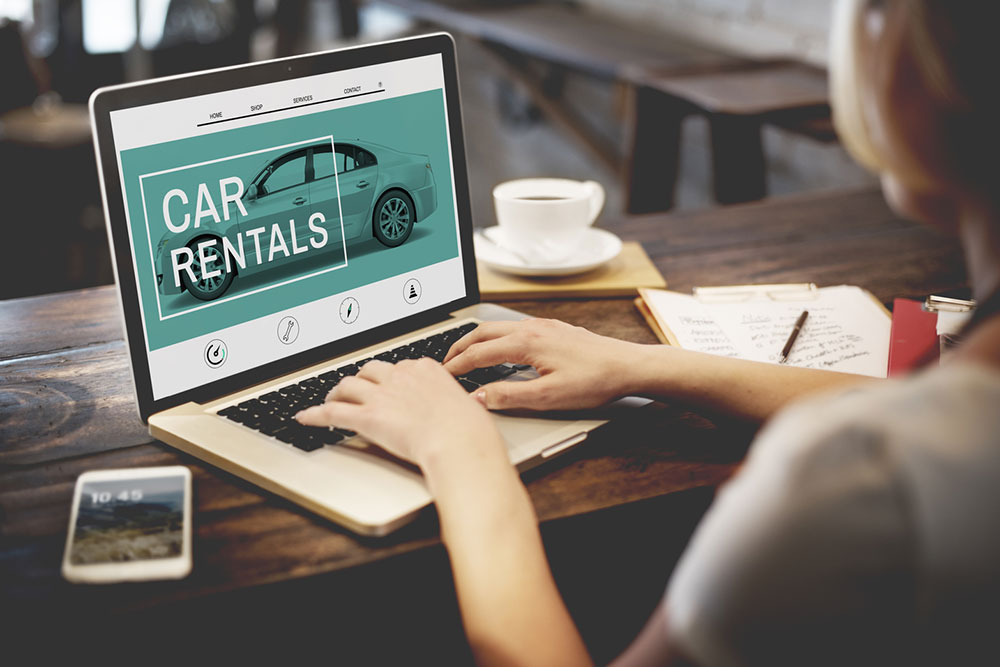16 tips for a seamless rental car booking experience

Today, rental cars have become an integral part of travel planning. Whether for business trips or relaxing getaways, the convenience of having a vehicle at one’s disposal cannot be overstated. However, to ensure a seamless and cost-effective rental car experience, travelers must be well-informed and strategic in their approach. So, here are a few tips for helping one navigate the rental car booking process and get the best vehicle at the right price.
- Plan ahead
The adage “early bird catches the worm” holds true for rental cars. Booking a rental car well in advance often means access to better deals and a wider selection of vehicles. As travel dates approach, demand for rental cars typically increases, leading to higher prices and limited availability. So, planning the trip and securing a rental car as early as possible can help in locking in favorable rates and vehicle options. - Compare prices across multiple platforms
Before committing to a rental car, one must spend some time comparing prices across different rental car platforms and websites. While leading rental car companies are usually the first choices, considering smaller, local rental car providers may help one find better rates. Utilizing online comparison tools and websites can also help one find the best place to score a deal. - Consider vehicle size
The type of vehicle chosen can significantly impact the travel experience. If one is traveling solo or as a couple and plans to explore urban areas, a compact car might be the most practical and economical choice. However, for family vacations or trips that involve bulky luggage or outdoor adventures, renting an SUV or minivan can ensure ample space and comfort. - Check the mileage policy
Rental car companies often impose mileage restrictions, particularly for longer rental durations. It is important to understand the mileage policy of the chosen provider and assess whether it aligns with travel plans. Some companies offer unlimited mileage, which can be advantageous for road trips, while others charge per mile beyond a specified limit. Choosing a rental car with a mileage policy that aligns with the itinerary is crucial. - Consider additional fees and taxes
When budgeting for a rental car, it is important to note that the final cost may include various fees and taxes. These can encompass airport surcharges, drop-off fees for returning the vehicle to a different location, and taxes that can significantly increase the total cost. Being aware of all potential additional costs before finalizing a booking is crucial. - Reviewing insurance options
Rental car companies typically offer insurance coverage options that can help one feel at ease during a trip. The options may include collision damage waivers (CDW), liability coverage, and personal accident insurance. Before booking, one should evaluate their existing insurance coverage and credit card benefits, as these may already offer some level of protection for rental cars. Understanding the available insurance options will help in making an informed decision regarding additional coverage. - Inspect the vehicle
Upon picking up a rental car, one should inspect it thoroughly for any pre-existing damage. Documenting any dents, scratches, or issues by taking photos and informing the rental car company staff can help avoid the user being held responsible for damage that occurred before the rental period. - Review the fuel policy
Rental car companies have various fuel policies, which can include options like “full to full” (return the car with a full tank), “prepaid fuel” (purchase a full tank upfront), or “return as is” (return the car with the current fuel level). Being aware of the fuel policy and choosing the option that aligns with travel plans and preferences is essential. - Consider joining loyalty programs
Those who frequently rent cars should consider joining loyalty programs offered by rental car companies. These programs often provide members with perks like discounts, faster check-in and check-out processes, and free rental days. Over time, these benefits can lead to significant savings. - Double-check the rental agreement
Before signing on the dotted line, carefully reading the rental agreement provided by the rental car company is crucial. Ensuring an understanding of the terms, conditions, and any penalties that may apply is important. Paying attention to the return date and time is key, as returning the car late can result in additional charges. - Utilize coupons and promo codes
Many rental car companies offer coupons and promo codes that can lead to substantial savings. These discounts may be available through online coupon websites, credit card partnerships, or as part of special promotions. Before finalizing a booking, searching for applicable coupons or codes can help maximize savings. - Consider one-way rentals
For travelers taking on one-way trips or multi-city adventures, one-way rentals can be a convenient option. These allow them to pick up a rental car in one location and return it to another. While one-way rentals can be more expensive than round-trip options, they offer flexibility and eliminate the need for a return journey to the starting point. - Examine spare tires and key equipment
In addition to inspecting the car’s exterior and interior, one should also check the spare tire and equipment like jacks and lug wrenches. Ensuring that these essential items are present and in good condition can save time and frustration in case of unexpected breakdowns. - Opt for prepayment
Some rental car companies offer discounts for customers who prepay for their rental in full. While this option may require committing to a rental car well in advance, it can result in substantial savings, making it an attractive choice for budget-conscious travelers. - Utilize rental car apps
Many rental car companies have dedicated mobile apps that streamline the booking and rental process. These apps often offer features like mobile check-in, GPS navigation, and the ability to extend a rental period. Downloading and using these apps can enhance the overall rental car experience. - Inspect child safety features
When traveling with children, ensuring that the rental car is equipped with appropriate child safety features, such as child seats or booster seats, is a key step. Rental car companies typically offer these options, but confirming their availability and functionality before hitting the road is important.


